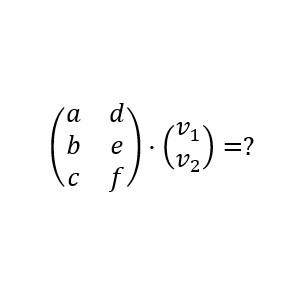The poverty trap is that situation that occurs when a poor country persists over time without being able to get out of poverty . This, because it fails to develop structures that allow it to grow at an economic, social and cultural level.
The poverty trap is historically closely linked to countries that did not experience an industrial revolution. The absence of savings is the fundamental component that prevents these economies from developing and promoting investments that increase the degree of industrialization of their economies.
Consequently, these countries remain stagnant in the past because they are not capable of generating wealth through investment or leading projects that allow attracting foreign direct investment. However, those who did have it, have been able to develop their political and economic structures that have allowed them to move from underdeveloped countries to developing countries and, finally, to developed countries.
That is, the main consequence is the absence of savings that allow productive investments to be made in its economy.
Factors influencing the poverty trap
There are many factors that influence the poverty trap. We can highlight the following:
- Absence of productive industries and political institutions.
- Existence of dictatorships and corruption.
- Limited access to credit and capital markets.
- Lack of health services and educational centers.
- Wars and Hunger.
- Absence of Infrastructures.
- Strong environmental impact that affects agricultural production and the existence of natural resources such as water or animals.
- Loose monetary policiesthat encourage persistent wage deflation over time.
- Lack of productive investments and external opening.
The concept of poverty trap refers precisely to situations of low socioeconomic mobility. In turn, from a theoretical point of view, a large part of the explanations for the existence of poverty traps rest on the combined presence of market failures and wealth inequalities.
For example, from an economic point of view, suppose a context of imperfect credit markets. People with low levels of initial wealth cannot develop their education. On the other hand, wealth levels also affect the set of job opportunities available to people. Thus, the impossibility of financing the investments in physical capital required to develop a productive enterprise, condemn the poorest people to enter the labor market as wage earners
<!–
–>
